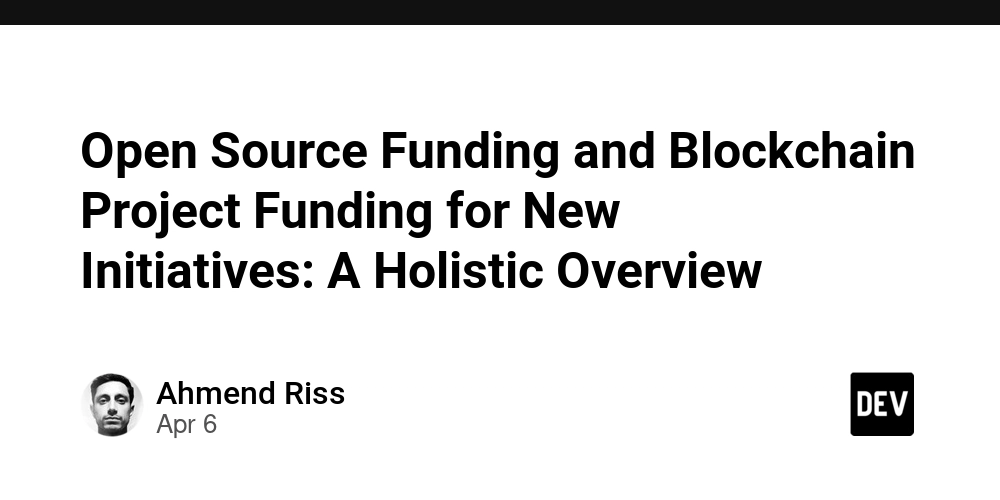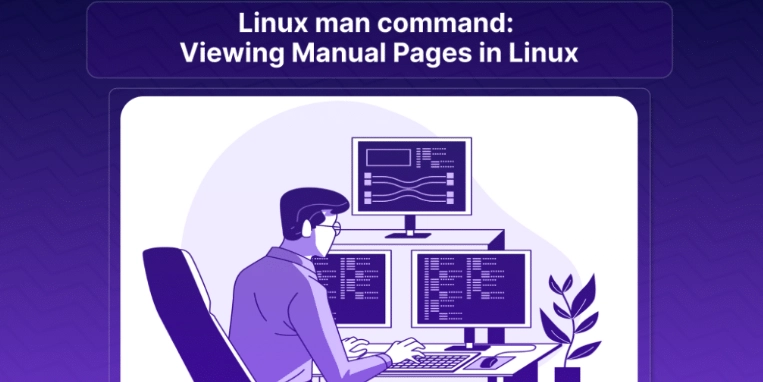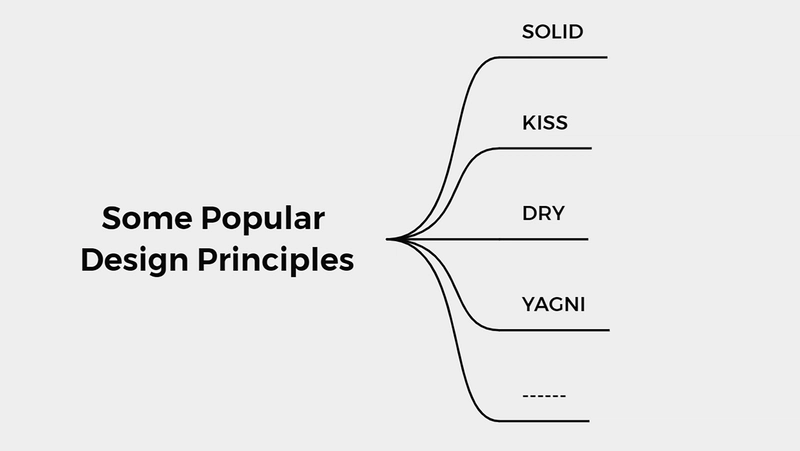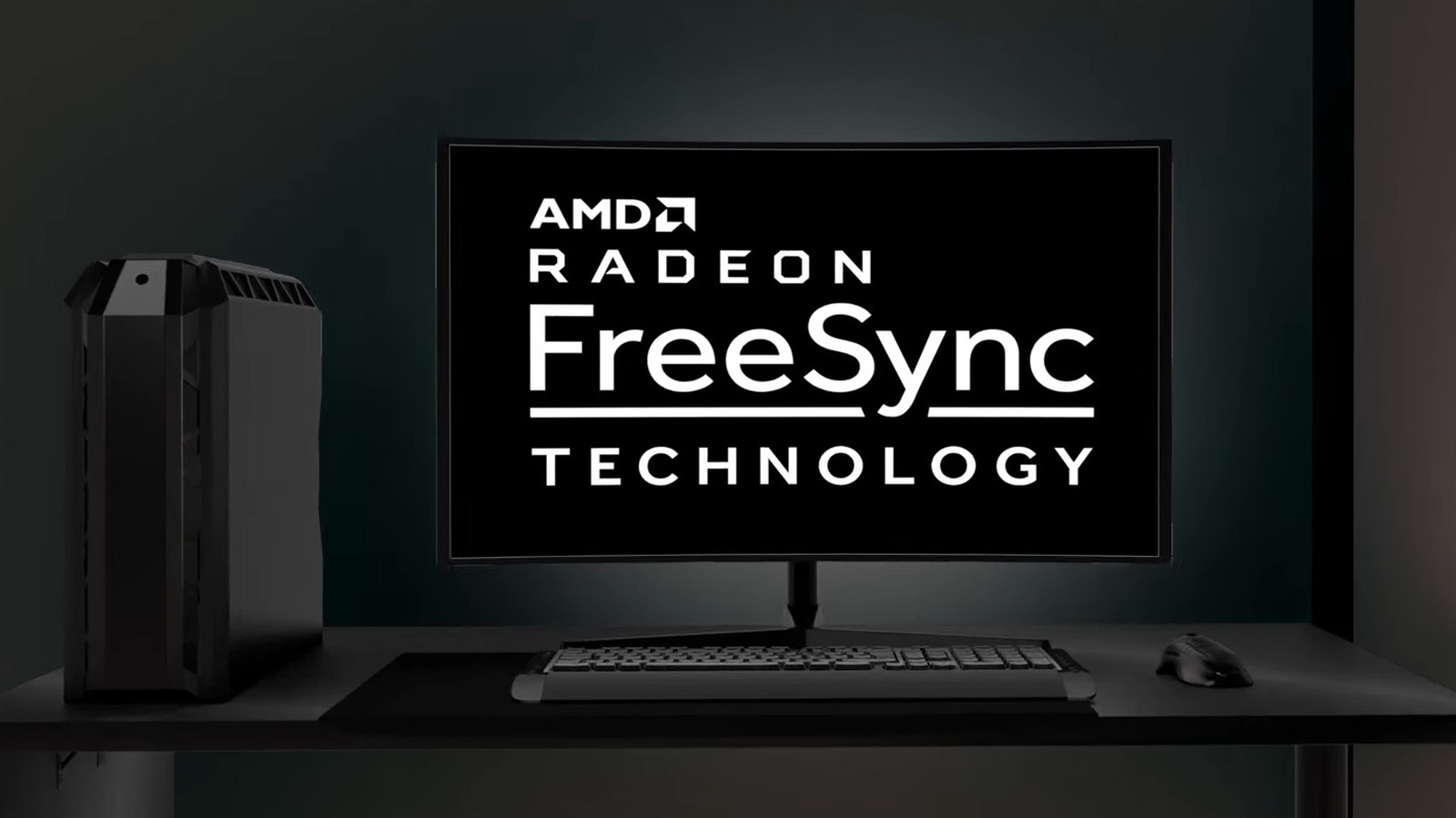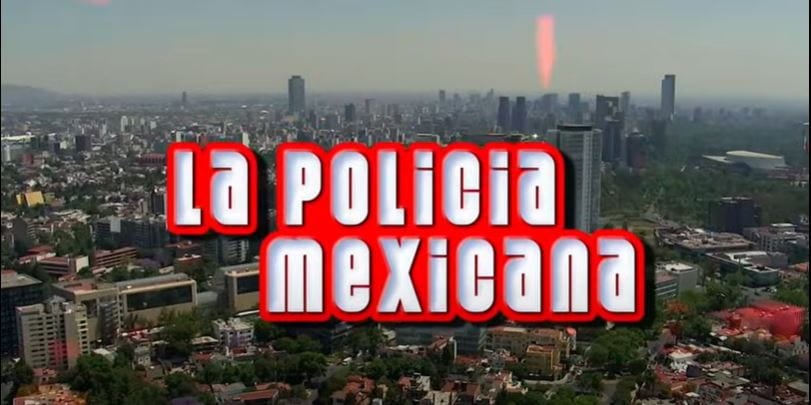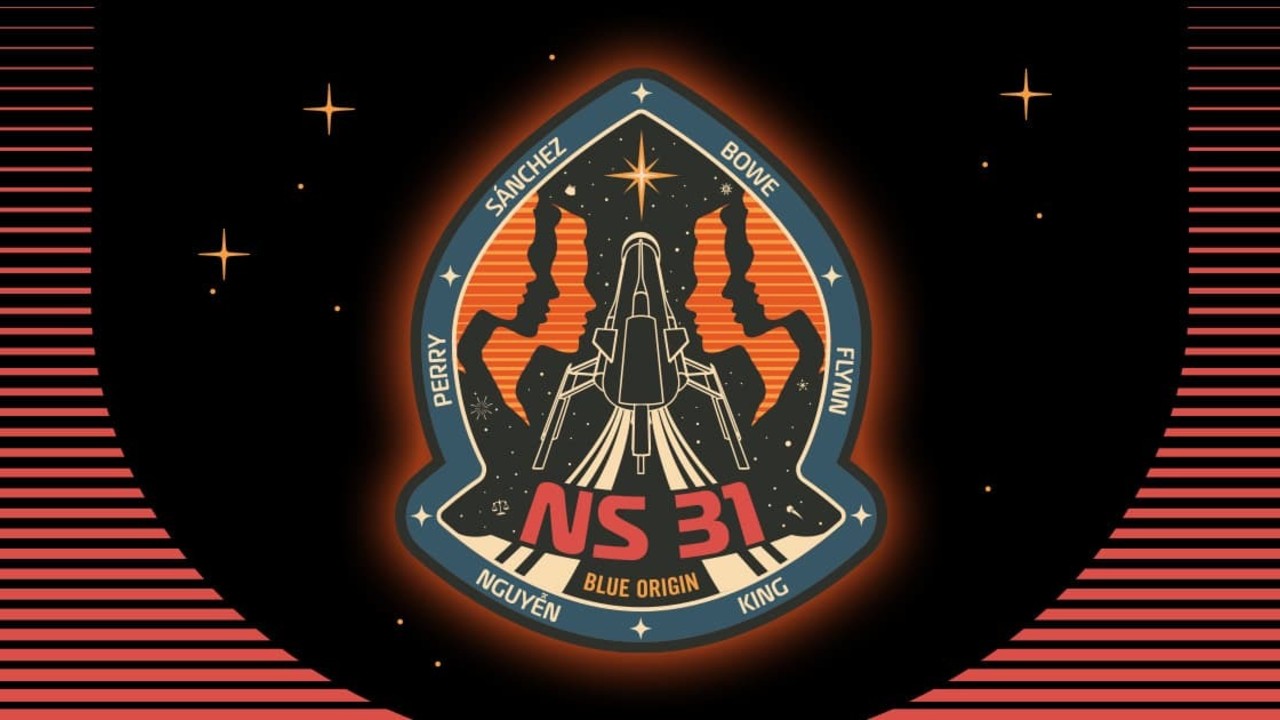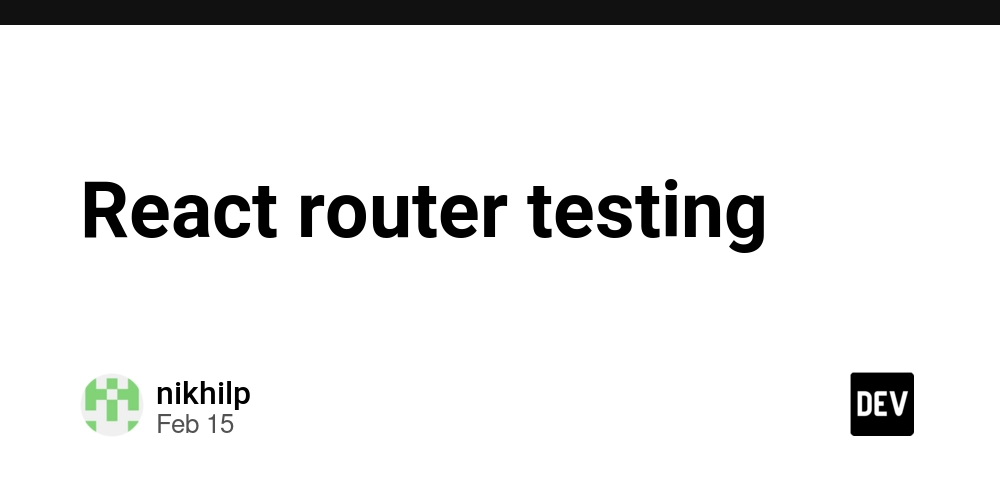Gitcoin: Pioneering Sustainable Open-Source Funding in a Blockchain World
Abstract: This post explores Gitcoin—a platform at the forefront of sustainable open-source funding and blockchain innovation. Gitcoin leverages revolutionary techniques such as quadratic funding to democratize resource allocation and support projects that uphold environmental and social equity. In this discussion, we delve into the platform’s background, core features, real-world applications, challenges, and future prospects. We also examine Gitcoin’s integration with blockchain technologies, its commitment to environmental sustainability through Proof of Stake systems, and its broader impact on community-driven development. Additional industry insights and related projects are highlighted through structured tables, bullet lists, and curated links to authoritative sources and recent Dev.to posts. Introduction Gitcoin is an innovative platform that has revolutionized the way open-source projects are funded. It stands out by addressing major challenges in the tech industry, particularly the scarcity of sustainable funding for open-source development. By incorporating game-changing models like quadratic funding, Gitcoin ensures that the financial support is distributed fairly according to community preference. In addition to its emphasis on funding, Gitcoin champions environmental sustainability by promoting blockchain practices that reduce carbon footprints and by supporting projects that prioritize energy efficiency. In today’s rapidly evolving tech landscape, understanding the interplay between blockchain technology, sustainable funding, and social equity is essential. Gitcoin has become a benchmark for responsible innovation by fostering a collaborative ecosystem that empowers developers, enterprises, and communities worldwide. Background and Context Gitcoin emerged as a solution to the long-standing financial challenges open-source developers face. Its mission is to: Democratize access to funding. Provide tangible support for community-backed projects. Encourage sustainable blockchain practices. Historically, open-source projects have struggled to secure consistent funding streams, which has often limited their growth and innovation. Gitcoin addresses this issue by combining the power of community participation with innovative funding models. At its core, the platform is built on blockchain technology, which offers transparency, decentralization, and a secure environment for financial transactions. Blockchain platforms like Ethereum have paved the way for new consensus mechanisms. Gitcoin’s support for Proof of Stake systems and sustainable blockchain practices reflects a broader industry shift toward more energy-efficient technologies. Furthermore, Gitcoin’s model promotes open-source software and fruitful synergies between blockchain and community-driven development. This approach has received support from communities advocating sustainable blockchain practices and tokenized funding mechanisms, including sustainability of open source through tokenization. Core Concepts and Features Gitcoin’s ecosystem relies on several key concepts and features that underscore its commitment to sustainable innovation and open-source funding: 1. Quadratic Funding Quadratic funding is a novel mechanism that distributes resources based on community interest rather than market-driven metrics. Some of its primary benefits include: Democratization of funds: Every contributor’s voice matters. Community empowerment: Projects with broad backing receive the necessary support. Transparency: The method ensures that funding is allocated fairly by favoring high-impact proposals. Learn more about its mechanism at wtfisqf.com. 2. Blockchain Integration Gitcoin leverages blockchain to improve trust, transparency, and traceability for all transactions. The integration with blockchain technology: Encourages secure and immutable financial records. Supports eco-friendly alternatives by promoting the use of Proof of Stake systems instead of resource-intensive models. Facilitates tokenization, which can help sponsor and reward developers in a decentralized fashion. 3. Environmental Sustainability Sustainability is at the heart of Gitcoin’s mission. The platform is committed to reducing the environmental impact of blockchain operations by: Prioritizing energy-efficient blockchain consensus models. Supporting projects that actively work to lower carbon footprints and promote responsible energy usage. Aligning with broader trends in sustainable blockchain practices. 4. Community and Social Equity Gitcoin not only funds code—it funds community initiatives. It acts as a bridge between technology and social good by: Offering developers worldwide the chance to work on projects in education, healthcare, and other sectors. Championing equitable access to technology and funding opportunities. Strengthening community bonds through collabor
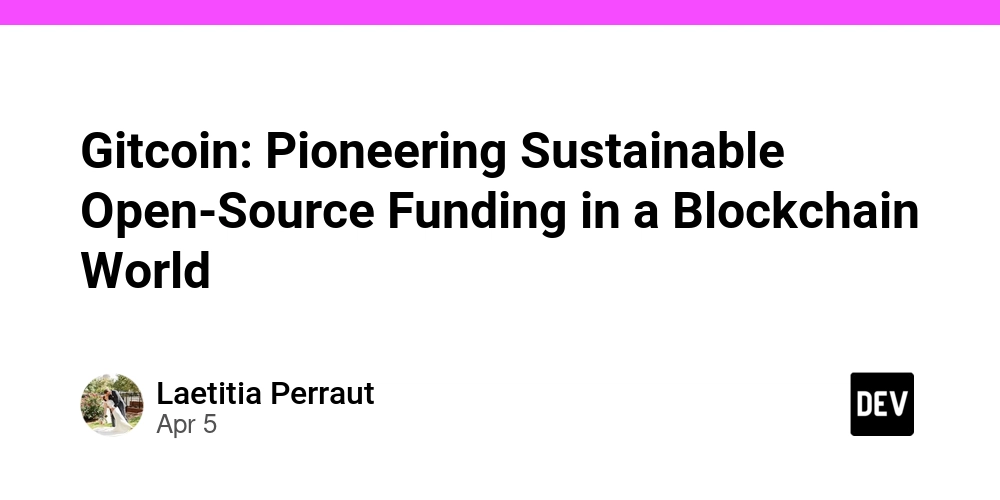
Abstract:
This post explores Gitcoin—a platform at the forefront of sustainable open-source funding and blockchain innovation. Gitcoin leverages revolutionary techniques such as quadratic funding to democratize resource allocation and support projects that uphold environmental and social equity. In this discussion, we delve into the platform’s background, core features, real-world applications, challenges, and future prospects. We also examine Gitcoin’s integration with blockchain technologies, its commitment to environmental sustainability through Proof of Stake systems, and its broader impact on community-driven development. Additional industry insights and related projects are highlighted through structured tables, bullet lists, and curated links to authoritative sources and recent Dev.to posts.
Introduction
Gitcoin is an innovative platform that has revolutionized the way open-source projects are funded. It stands out by addressing major challenges in the tech industry, particularly the scarcity of sustainable funding for open-source development. By incorporating game-changing models like quadratic funding, Gitcoin ensures that the financial support is distributed fairly according to community preference. In addition to its emphasis on funding, Gitcoin champions environmental sustainability by promoting blockchain practices that reduce carbon footprints and by supporting projects that prioritize energy efficiency.
In today’s rapidly evolving tech landscape, understanding the interplay between blockchain technology, sustainable funding, and social equity is essential. Gitcoin has become a benchmark for responsible innovation by fostering a collaborative ecosystem that empowers developers, enterprises, and communities worldwide.
Background and Context
Gitcoin emerged as a solution to the long-standing financial challenges open-source developers face. Its mission is to:
- Democratize access to funding.
- Provide tangible support for community-backed projects.
- Encourage sustainable blockchain practices.
Historically, open-source projects have struggled to secure consistent funding streams, which has often limited their growth and innovation. Gitcoin addresses this issue by combining the power of community participation with innovative funding models. At its core, the platform is built on blockchain technology, which offers transparency, decentralization, and a secure environment for financial transactions.
Blockchain platforms like Ethereum have paved the way for new consensus mechanisms. Gitcoin’s support for Proof of Stake systems and sustainable blockchain practices reflects a broader industry shift toward more energy-efficient technologies. Furthermore, Gitcoin’s model promotes open-source software and fruitful synergies between blockchain and community-driven development. This approach has received support from communities advocating sustainable blockchain practices and tokenized funding mechanisms, including sustainability of open source through tokenization.
Core Concepts and Features
Gitcoin’s ecosystem relies on several key concepts and features that underscore its commitment to sustainable innovation and open-source funding:
1. Quadratic Funding
Quadratic funding is a novel mechanism that distributes resources based on community interest rather than market-driven metrics. Some of its primary benefits include:
- Democratization of funds: Every contributor’s voice matters.
- Community empowerment: Projects with broad backing receive the necessary support.
- Transparency: The method ensures that funding is allocated fairly by favoring high-impact proposals.
Learn more about its mechanism at wtfisqf.com.
2. Blockchain Integration
Gitcoin leverages blockchain to improve trust, transparency, and traceability for all transactions. The integration with blockchain technology:
- Encourages secure and immutable financial records.
- Supports eco-friendly alternatives by promoting the use of Proof of Stake systems instead of resource-intensive models.
- Facilitates tokenization, which can help sponsor and reward developers in a decentralized fashion.
3. Environmental Sustainability
Sustainability is at the heart of Gitcoin’s mission. The platform is committed to reducing the environmental impact of blockchain operations by:
- Prioritizing energy-efficient blockchain consensus models.
- Supporting projects that actively work to lower carbon footprints and promote responsible energy usage.
- Aligning with broader trends in sustainable blockchain practices.
4. Community and Social Equity
Gitcoin not only funds code—it funds community initiatives. It acts as a bridge between technology and social good by:
- Offering developers worldwide the chance to work on projects in education, healthcare, and other sectors.
- Championing equitable access to technology and funding opportunities.
- Strengthening community bonds through collaborative projects and hackathons.
5. Open-Source Ecosystem Synergy
By integrating both traditional open-source methods and modern blockchain technology, Gitcoin creates a symbiotic ecosystem that benefits all stakeholders. This synergy is illustrated in projects like open-source software and blockchain synergies.
Applications and Use Cases
Gitcoin’s model has been implemented in various contexts within the tech industry. Below are a few practical examples that highlight the platform’s versatility:
Decentralized Economies:
Start-ups and open-source communities use Gitcoin to raise funds for innovative projects—ranging from decentralized finance (DeFi) applications to community-driven social platforms. Through Gitcoin Grants, projects can secure community support that scales with collective interest.Sustainable Blockchain Projects:
Environmental technology ventures leverage Gitcoin to obtain investments in energy-efficient blockchain models. These projects tend to favor Proof of Stake systems that help cut down resource use—a progressive move championed on platforms like Ethereum and supported by community practices.Social Good and Community Development:
Developers focus on building platforms that support education, healthcare, and transparent government services. With Gitcoin’s inclusive funding model, even modest projects can receive backing based on volunteer contributions and community votes.
Comparison Table of Funding Models
| Funding Model | Key Characteristics | Advantages | Limitations |
|---|---|---|---|
| Quadratic Funding | Community-centric; scales funding based on voter input | Rewards popular projects; fair distribution | Requires active community participation; complex calculations |
| Traditional Venture Capital | Investment-led; driven by profit goals | High capital influx; professional guidance | Often limits community input; not always suitable for open-source projects |
| Crowdfunding | Direct contributions; no intermediaries | Transparent and democratic | Funding volatility; limited reach in niche tech communities |
Challenges and Limitations
Like any innovative solution, Gitcoin faces challenges that must be addressed for long-term success:
Funding Volatility:
The open-source funding landscape is dynamic. Fluctuations in donor interest and crypto markets can affect the sustainability of projects.Technical Scalability:
As the platform scales, maintaining robust blockchain throughput while ensuring energy efficiency is a significant challenge.Regulatory Uncertainty:
Blockchain technologies are subject to evolving regulations. Legal frameworks around tokenized funding and cryptocurrency transactions are still in flux.Community Coordination:
While decentralized funding is a major strength, ensuring active and equitable community participation requires robust engagement strategies often seen in decentralized communities.Security Concerns:
Despite blockchain's inherent security benefits, smart contracts and funding mechanisms still face potential vulnerabilities such as hacks, fraud, or bugs in code.
A bullet list of challenges:
- Funding volatility in crypto markets.
- Scalability and infrastructure challenges.
- Evolving regulatory frameworks.
- Ensuring high levels of community engagement.
- Smart contract security risks.
The Gitcoin community continuously works on updates, audits, and innovations to address these issues and build a more resilient funding platform.
Future Outlook and Innovations
Looking forward, Gitcoin is positioned to play an increasingly influential role in both the blockchain and open-source communities. Here are some trends and potential advancements:
1. Enhanced Blockchain Interoperability
The future of blockchain funding will likely see interoperability between networks. Innovative projects such as arbitrum-and-blockchain-interoperability and arbitrum-and-cross-chain-bridges indicate a positive trend toward bridging disparate blockchain systems. This improvement will allow for smoother transfers and broader access to funds across platforms.
2. Increased Adoption of Tokenization
Tokenization of open-source contributions remains a hot topic. Solutions like sustainability-of-open-source-through-tokenization are paving the way for new funding models. Tokenized sponsorships, contributor rewards, and even NFT-based accolades for developers are being explored as alternative funding mechanisms. This not only incentivizes participation but also adds a level of transparency and traceability.
3. Integration with Emerging Governance Models
Gitcoin is also exploring more sophisticated governance models to enhance democratic processes. Innovations such as arbitrum-and-open-source-license-compatibility are ensuring that open-source projects can better manage licensing issues while remaining compliant with regulatory demands. Future collaborations might focus on community-governed funding mechanisms that blend traditional crowdfunding with decentralized autonomous organization (DAO) models.
4. Support for Social Innovation
As society becomes increasingly digitized, public interest in social good projects is rising. Gitcoin’s community-driven approach is already in line with such trends. By fostering projects aimed at education, healthcare, and civic engagement, Gitcoin is likely to become a hub for social innovation, further bridging the gap between technology and social equity.
5. Environmental Sustainability Advancements
The demand for greener blockchain solutions is only set to increase. Gitcoin’s emphasis on Proof of Stake and low-carbon methods aligns with this vision. Future developments may include tighter integrations with real-time carbon tracking and renewable energy projects, cementing the platform’s commitment to environmental responsibility.
Additional Industry Insights
Gitcoin’s influence extends beyond immediate funding mechanics. It sets a precedent for ethical development, community collaboration, and a sustainable future. Here are five essential links for further reading:
- Arbitrum and Blockchain Interoperability
- Arbitrum and Cross-Chain Bridges
- Arbitrum and Decentralized Identity
- Arbitrum and Smart Contract Audits
- Arbitrum and Open Source License Compatibility
Furthermore, for those interested in open-source funding and sustainable blockchain innovation, consider these Dev.to posts:
- Open Source Funding: Fueling the Future of Innovation
- Unleashing the Power of Tokenization for Sustainable Open Source Innovation
- Navigating Open Source Funding Opportunities
- Blockchain and Cybersecurity: Unlocking the Future of Secure Digital Interactions
These resources provide additional perspectives on the shifts in funding paradigms within the tech industry and illustrate the growing impact of platforms like Gitcoin.
Summary
Gitcoin stands as a pioneering force in the realm of sustainable open-source funding. By integrating blockchain technology with innovative funding models such as quadratic funding, Gitcoin is reshaping how financial support is allocated for community-driven projects. Its commitment to environmental sustainability—by advocating for energy-efficient Proof of Stake systems—and its emphasis on social equity are setting new standards across the tech ecosystem.
In summary, we have explored:
- The background and evolution of Gitcoin as a response to traditional funding challenges.
- Core concepts such as quadratic funding, blockchain integration, environmental sustainability, and community empowerment.
- Practical applications in decentralized economies, social innovation, and environmental projects.
- Challenges such as funding volatility, scalability, regulatory hurdles, and security concerns that Gitcoin needs to overcome.
- Future innovations including enhanced interoperability, tokenization, and advanced governance models that promise to shape the next generation of sustainable blockchain funding.
Gitcoin not only provides a bridge between technology and social impact but also demonstrates how decentralized systems can foster equitable resource distribution. For a deeper dive into Gitcoin’s sustainability approach, be sure to visit the original Gitcoin Sustainability article.
As the blockchain landscape continues to evolve, Gitcoin represents the ideal intersection of innovation and responsibility—charting a path towards a future where technology truly serves the community.
By embracing transparency, community collaboration, and sustainable practices, Gitcoin is lighting the way for a more equitable digital future for developers and communities around the globe.










